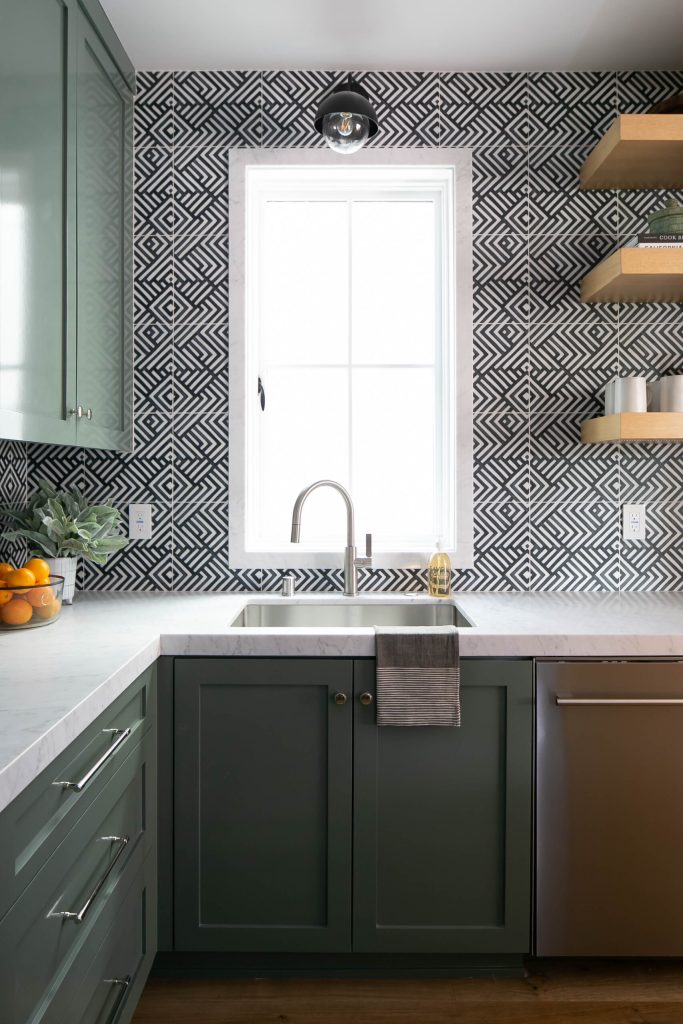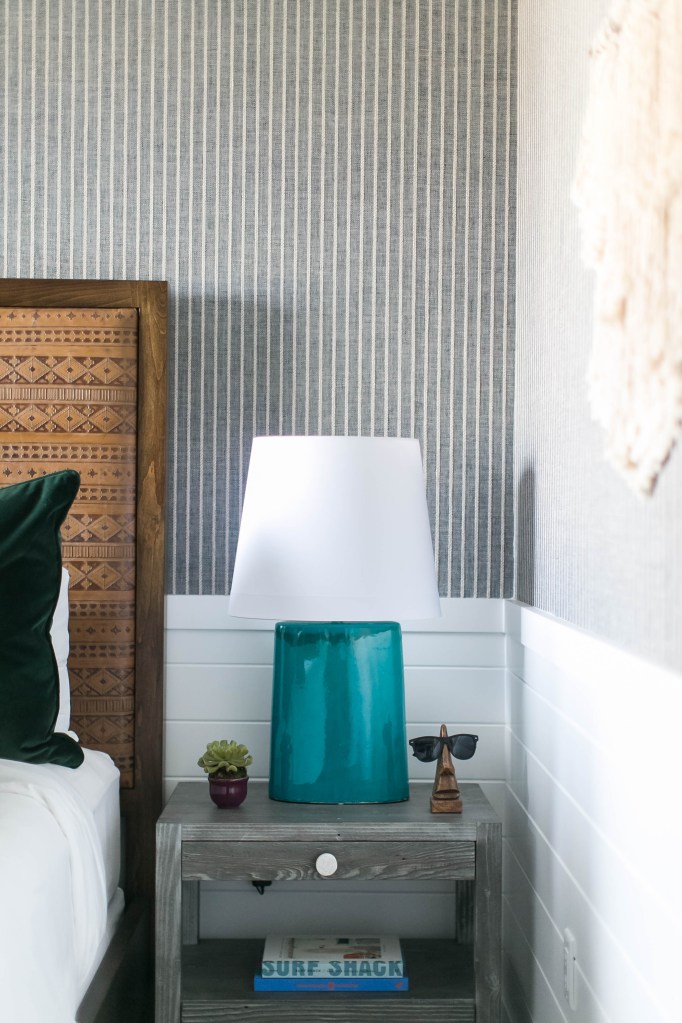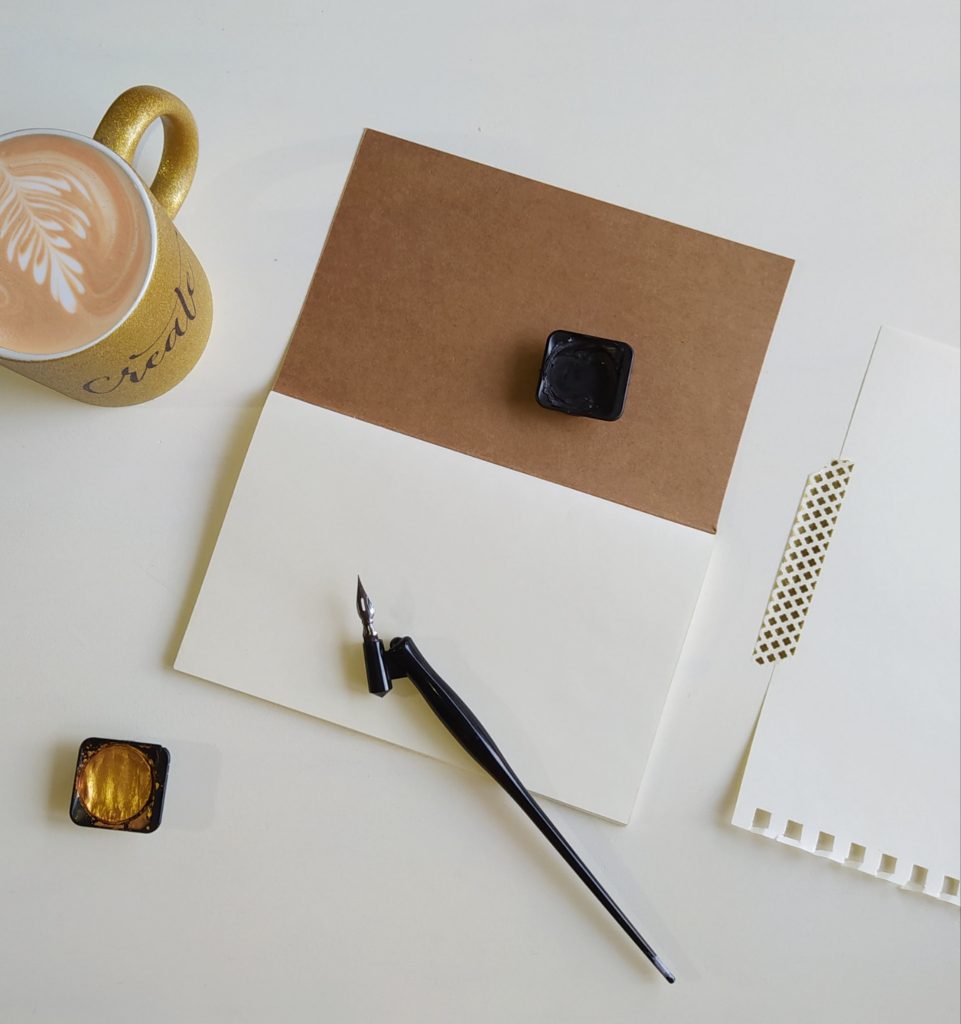There’s a classic saying that home is where the heart resides. But for a religion like Islam, the home is also a place to cultivate one’s faith. The marriage of art and interior design with the expression of the Islamic faith is something that Muslims should pursue their own residences. The right design choices can help create a spiritual, meditative, and purposeful atmosphere for everyday living as a Muslim or Muslimah.
Are you new to the Islamic faith, or are you a longtime believer who simply wants to incorporate more Islamic design influences into your home? In either case, the following suggestions will prove helpful when you’re decorating your home in accordance with what’s halal. You can find similar tips for incorporating your faith into your daily lifestyle through an app like Muslim Pro.
Keep Your Interiors Beautiful, But Not Extravagant

Islam is a religion that upholds the values of modesty and humility. You should be able to articulate this not only in your manner and your way of dressing but also in the way you furnish your home. This doesn’t necessarily mean that your home’s interiors have to be bare and bland—it’s possible to decorate your home space with love while avoiding ostentation or luxury.
There are several ways that you can articulate a Muslim ethos when decorating your home. For one, you can go the minimalist route and choose just a few functional, but beautiful set pieces for each room in your house. You can also use halal materials that adhere to the value of simplicity, like recycled hardwood.
Celebrate the Bounty of Nature in Your Home
Allah manifests His divine will and order through nature, and this is something that’s long been celebrated in the interior design of Islamic spaces. This can be seen in the use of the courtyard, or sahn, in mosques and in olden Arabian-style houses. In ancient times, the inner courtyard was a place where the faithful could gather to get a breath of fresh air and to perform their ablutions before prayer.
You can hearken to these natural elements by adding plants, bushes, and landscaping materials to both your indoor and outdoor garden spaces. If you live in an apartment or townhouse, you can decorate your living spaces with potted indoor plants.
Honor Traditional Muslim Colors in Your Home Decorations

Aside from actual botanical elements, you can also incorporate earthy and natural colors into your home design. The color green, in particular, can feature widely on your walls, floors, or furnishings. Many Muslims actively incorporate the color green into their clothing and surroundings because it has a deep religious significance. According to the Qur’an, those who live in paradise sport green garments that are made of silk.
Put a touch of green in your interior design, and complement it with hues of brown, gold, red, or orange. Using this kind of color scheme can do a lot to communicate Islamic influence in your home environment.
Adorn Your Home with Islamic Tapestries, Glassworks, and Paintings
Next, you can furnish your home with items that sport the geometric patterns and motifs that are widely used in Islamic art. Decorate with lamps or vases that showcase traditional Muslim glasswork techniques, hang arabesque tapestries on your walls, and use tessellated wooden screens to divide your rooms.
The most important thing about the artwork in a Muslim is that it shouldn’t feature figures of humans, animals, or any being that has a soul, as this is forbidden by the Qur’an. The same goes with statues or figurines; avoid these and stick with abstract and geometric designs.
Decorate Your Home with Handmade Calligraphy Stencils

Calligraphy is considered one of the highest arts in the Islamic faith, given that stylized letterings can breathe new life into the sacred text of the Qur’an. You can purchase wall art or decals that feature Islamic calligraphy—or, you can embark on your own calligraphy projects with your family members and furnish your interior spaces with the outputs.
You and your family members can try stenciling your favorite verses or Muslim sayings on paper, and then frame each project. You can hang these on your walls, or you can put them on photo frame stands and top coffee tables, desks, or shelves with them.
Designate a Special Prayer Room Inside Your House
If you have the space in your home, you should also designate and furnish a special room for your salah or five daily prayers. Lay the room out and organize the items inside so that it’s easy for you and your family members to follow the Ka’ba, or the orientation towards Mecca, while you’re praying.
The room should also be isolated from traffic zones in your house, for example your corridor, kitchen, or bathroom. This ensures that the space is not easily disturbed, and that there are no distractions during the worship of Allah SWT.
Conclusion
Using these tips, design your home as a reflection of your faithfulness to Allah in your everyday life. Your residence should be a pleasant, peaceful, and homey respite for joyful living, and it should also celebrate Allah’s own beautiful and infinite nature.
Make your home a place where you and your family members can be your best selves as part of the Muslim community, and let it express your Islamic ideals to anyone you welcome inside.
For more lifestyle tips that honor the Islamic way of life, be sure to check out the Muslim Pro app. Download it today for additional suggestions on how to live your faith in the modern world.
Thanks to muslimpro.com for consulting.
























